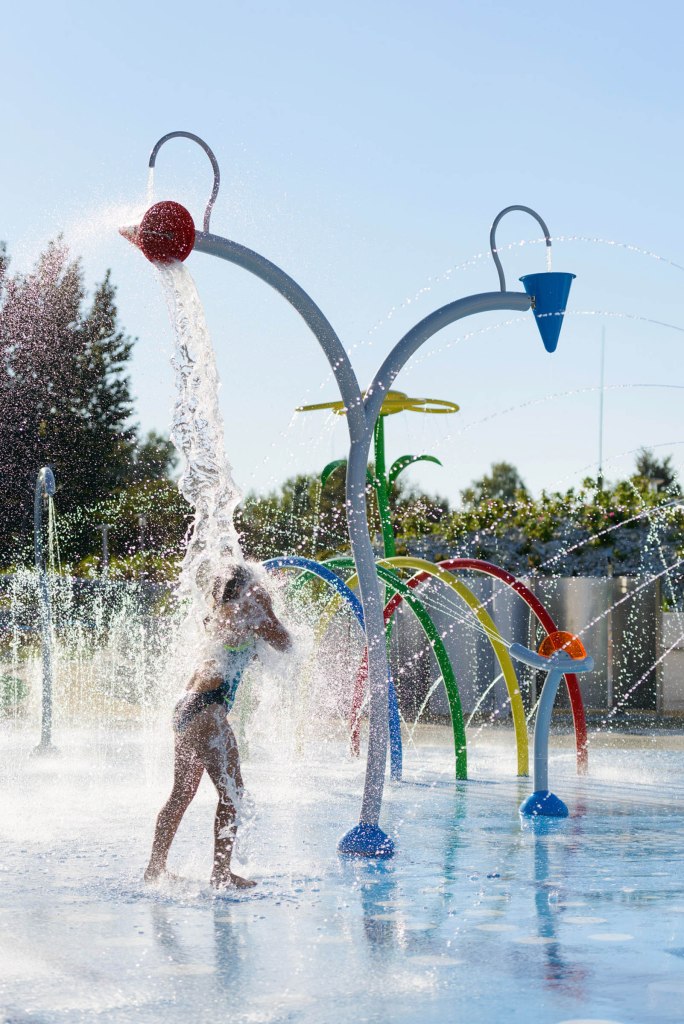If you could make a film of the European landscape that covered the millennia of history, compressed into a convenient half-hour for the comfort of the public, it would show the following story: first, a cold steppe, populated by large ruminant animals migrating northwards in spring and southwards in autumn and followed by the beasts of prey, including humans, that hunted them. Then, an ever denser forest, inhabited by no-longer-nomadic peoples living and working in clearings kept open by the use of stone tools and fire. Then, a basically familiar scene of fields of edible grains, and pastures of edible animals, with occasional forests surviving as sources of newsprint. And if you could project your movie camera into the immediate future, you would see a continent-sized Disneyland full of people working very short weeks because of automation, and trying desperately to amuse themselves so as not to die of boredom. The question is: Who will be the Disney of the future? He or she might, I suggest, be a molecular biologist.
All the organisms of the Earth are coloured. We all secrete dyes in our skins and these dyes have important functions, supporting not only the individual (protective colouration) but also the species (sexual signals). We are now beginning to understand the chemical and physiological processes of these secretions and to be able to formulate the laws that govern them. Molecular
biologists may soon be handling skin color more or less as painters handle oils and acrylics. Then the internal dyes of animal and vegetable biology may acquire a crucial new use: they may help the human species to survive its boredom by filling the future-as-Disneyland with multicolored fauna and flora. (…)
The Disney of the future should be able to programme such effects at will. He or she may perhaps compose an enormous color symphony, evolving spontaneously through endless variations (mutations), in which the colour of every living organism will complement the colors of every other organism and be mirrored by them. A gigantic living work of art, of a wealth and beauty as yet unimaginable, is definitely possible.
Today’s environmentalists and ecologists, who stubbornly continue to call themselves ‘green’, will object that a landscape transformed into a Disneyland, a work of art, will no longer be ‘natural’. But consider: when they planted fields, they accelerated the artifice. The future’s Disneyland will simply continue it. And anyway, why can’t art inform nature? When we ask why dogs can’t be blue with red spots, we’re really asking about art’s role in the immediate future, which is menaced not only by explosions both nuclear and demographic, but equally by the explosions of boredom.
Vilém Flusser, Curie’s Children (1988)
Robert Skitek + RS, Jaworznickie Planty Water Playground (2018)
FIND IT ON THE MAP










